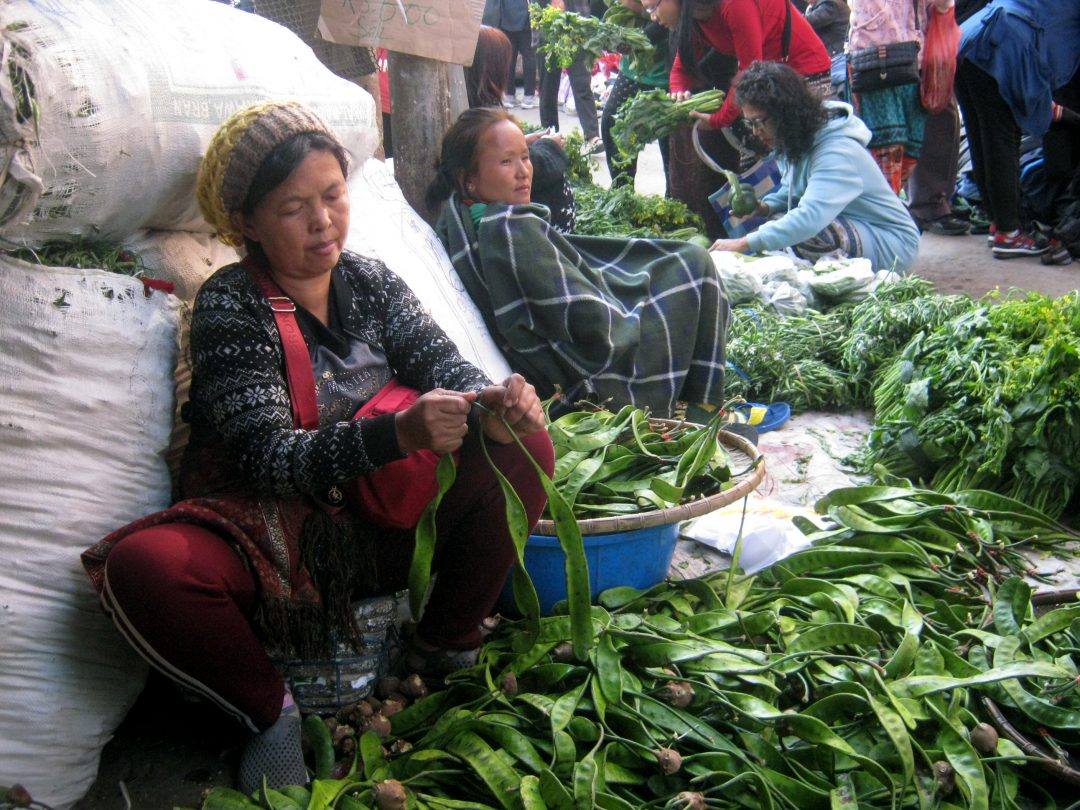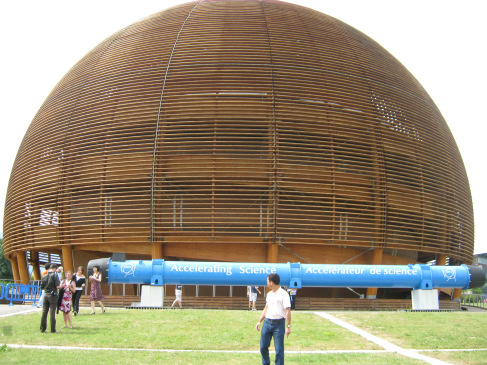Mubina Akhtar
The term ‘biodiversity’ denotes the variability of life forms on earth. Each little life form has its own place, duty and specific utility that balances Nature beautifully. As such, ecosystem stability is a compelling reason for preserving biodiversity. All living organisms are an integral part of the biosphere. They provide invaluable services like recycling of nutrients, replenishment of local climate, control of floods and control of pests. The intervention or erosion of biodiversity means imbalance of nature. The Indian tradition teaches us that all forms of life–human, animal and plant–are so closely interlinked that disturbance in one gives rise to imbalance in the other.
The human species now uses 40 per cent of the planet’s annual net photosynthesis produce. This consumption of two fifths of the earth’s net food resources by a single species is incompatible with biological diversity and stability and leads to loss of natural habitats, overexploitation of plant and animal species and the impact of exotic and invasive alien species. This large scale erosion of biodiversity has to be thwarted at any cost as biodiversity is a vital resource that needs to be assiduously conserved. Habitat conservation is vital to prevent genetic erosion. In recent years, biodiversity conservation has gained importance because this vital resource provides building blocks for sustainable food, health and livelihood security systems. Further, it holds the key to progress in medicine, agriculture, forestry and other fields.

Biodiversity conservation is important for the maintenance of food, water, health and livelihood security as well as climate resilient food production system. With global warming and climate change posing threats to vegetation, plant and faunal diversity, the importance of conserving biodiversity is gaining momentum and scientists are now engaged in risk distribution agronomy that can ensure food security in an era of climate change.

Genetic conservation at traditional level can also be used to create economic stakes by adding value to primary products and finding niche markets for traditional food grain. In a wider sense, biodiversity can be harnessed for poverty alleviation. This is done by converting local plants (medicinal) and local foods into value-added products based on assured and remunerative market linkages. According to India’s top agro scientist Professor M S Swaminathan– such sustainable and equitable use of biodiversity leads to an era of bio happiness in rural and urban India through the conversion of bio resources into jobs and income. Biodiversity conservation can thus be the mantra for development of the poor section of the society.
Photograph copyright: Borphookon Photography



